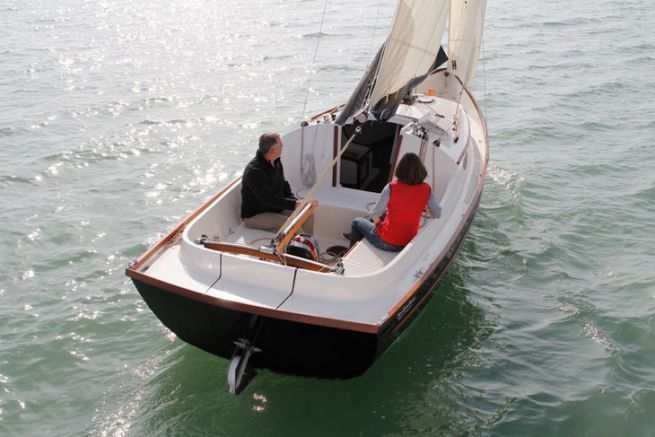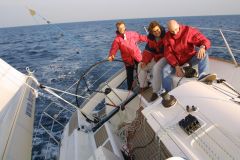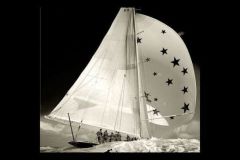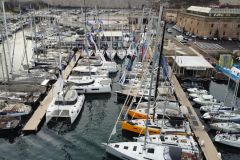What is the difference between a wheel and a tiller? Often, it is the weight/size ratio of the boat and the personal desires of the yachtsman that determine whether he will be equipped with a tiller or a steering wheel. However, you should know that most sailboats over 30 feet (about 9 m) are equipped with a wheel steering system. In any case, you don't sail the same way with each of these two steering devices.
The wheel bar, ideal for beginners
The steering wheel is often used on the largest boats. It multiplies the efforts and makes it possible to manage a large rudder by only one man. It is very easy to use, as you only have to turn the wheel to the left or to the right to go in the desired direction. It's quite intuitive, a bit like a car steering wheel. The wheel also has the advantage of being more comfortable for long navigations because it is often less physical. But beware, too much gearing, it requires many movements that get tired in the long run.
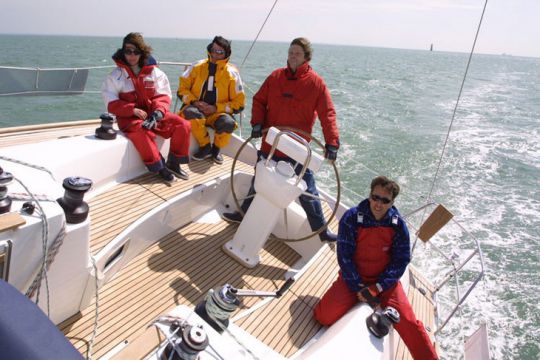
On the other hand, unlike the tiller, we feel less sensation and it is sometimes a little less precise. Indeed, the wheel has more connection mechanisms (tiller hooks, gears...) than a tiller and therefore generates more internal friction which limits "tiller returns". However, some boaters do not hesitate to admit having had great moments of pleasure and good sensations with very precise and sensitive steering wheels.

Finally, one of the main disadvantages of the steering wheel is the space it takes up in the cockpit (and under the deck). This is why double steering wheels (one on starboard and one on port) are in fashion. They allow free access to the sea and facilitate the circulation of the cockpit (by being sent backwards). In addition, the helmsman is no longer in the center of the cockpit, but on the side and has a better view of his sails.
The tiller, ideal for the sensations
The tiller is generally used on small boats. As the name implies, the transmission between the tiller and the rudder is straightforward. The tiller is attached directly to the rudder head. Unlike wheel steering, it is not intuitive to use, since the boat steers in the opposite direction to the one in which you move the tiller. That is, if you move the rudder to starboard, the boat will go to the left, while if you push the rudder to port, the boat will go to the right ..
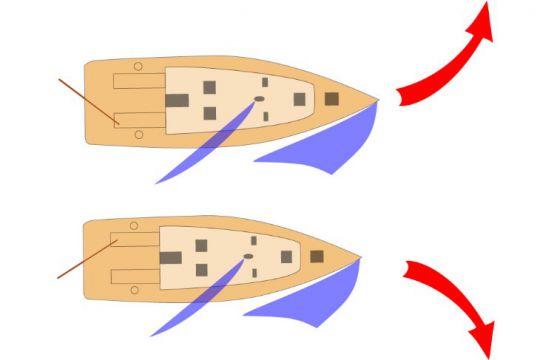
This helm configuration, even if it requires more familiarization, has the advantage of being very sensitive and providing better sensations. The tiller is connected directly to the rudder and therefore allows you to feel the water under the boat directly. On the other hand, beware of bad maneuvers that could completely break the boat's motion. Depending on the boat, it may require a little physical effort. Finally, it takes up space in the cockpit but is raised at anchor to free up space.
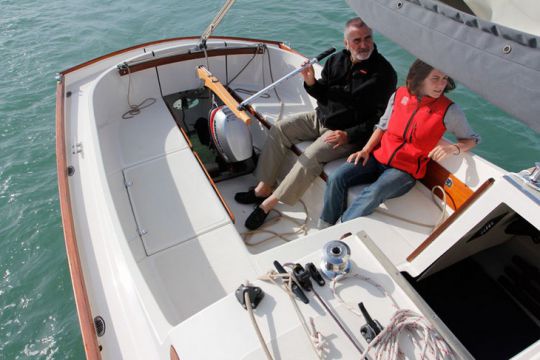
Among other advantages, it allows for faster maneuvering and remains easy to maintain or repair .
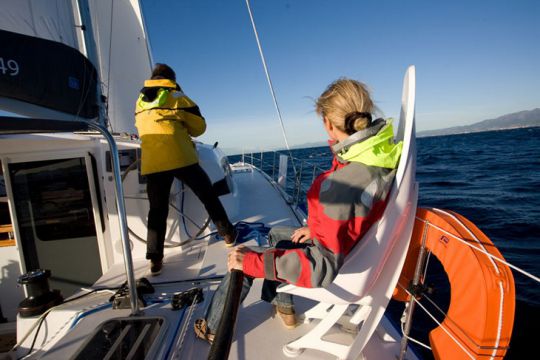
And you, what is your preference?

 /
/ 